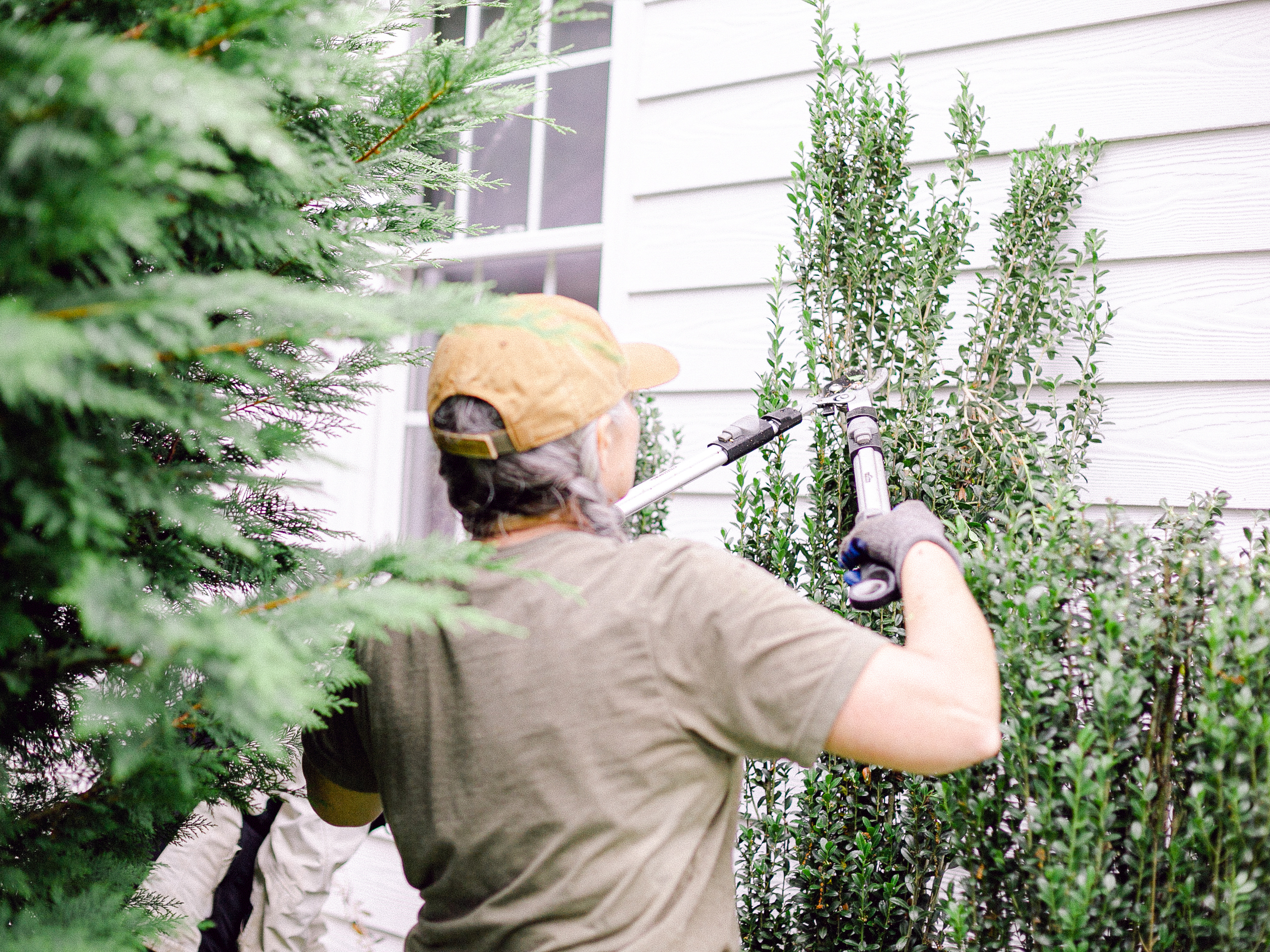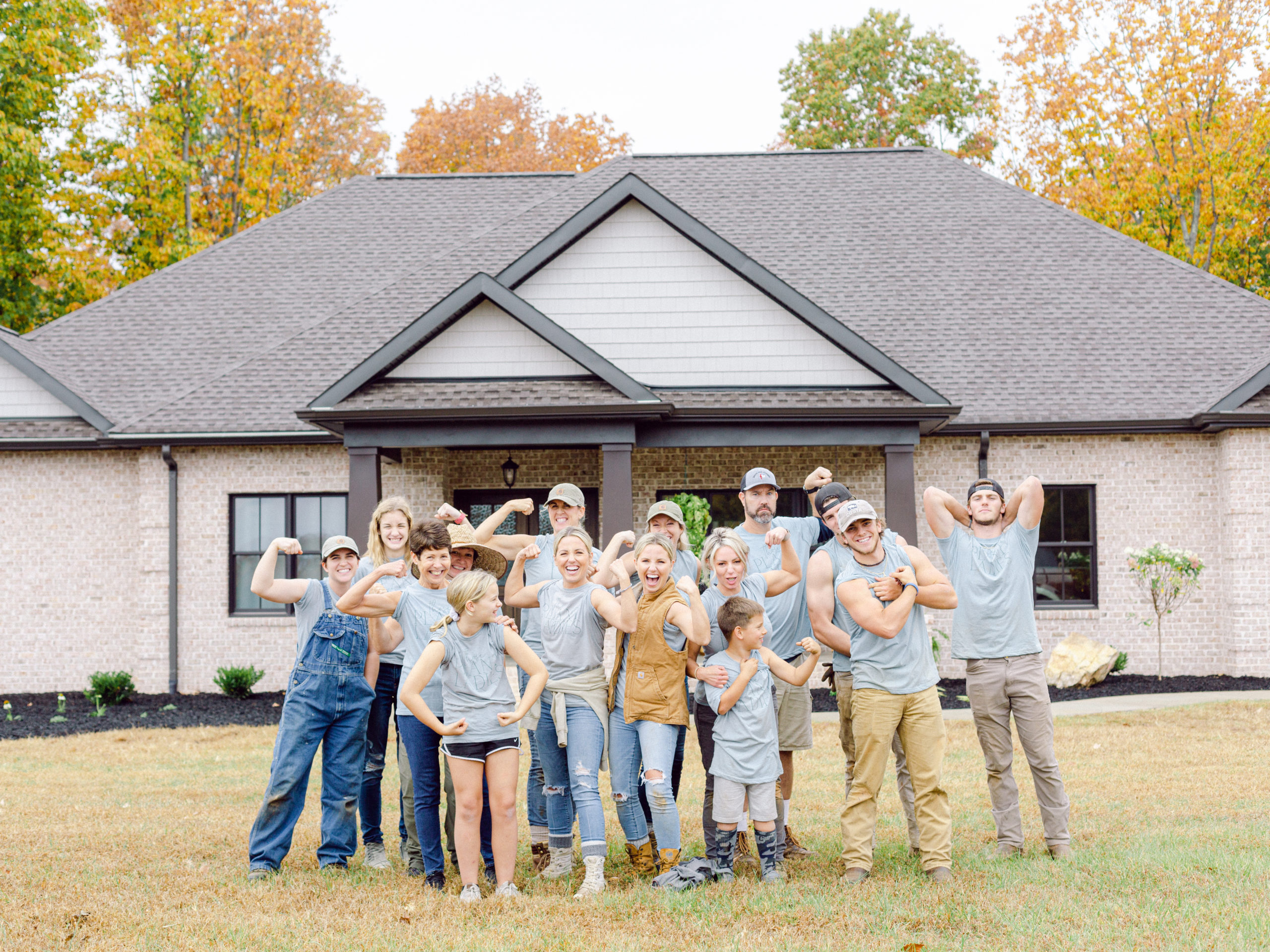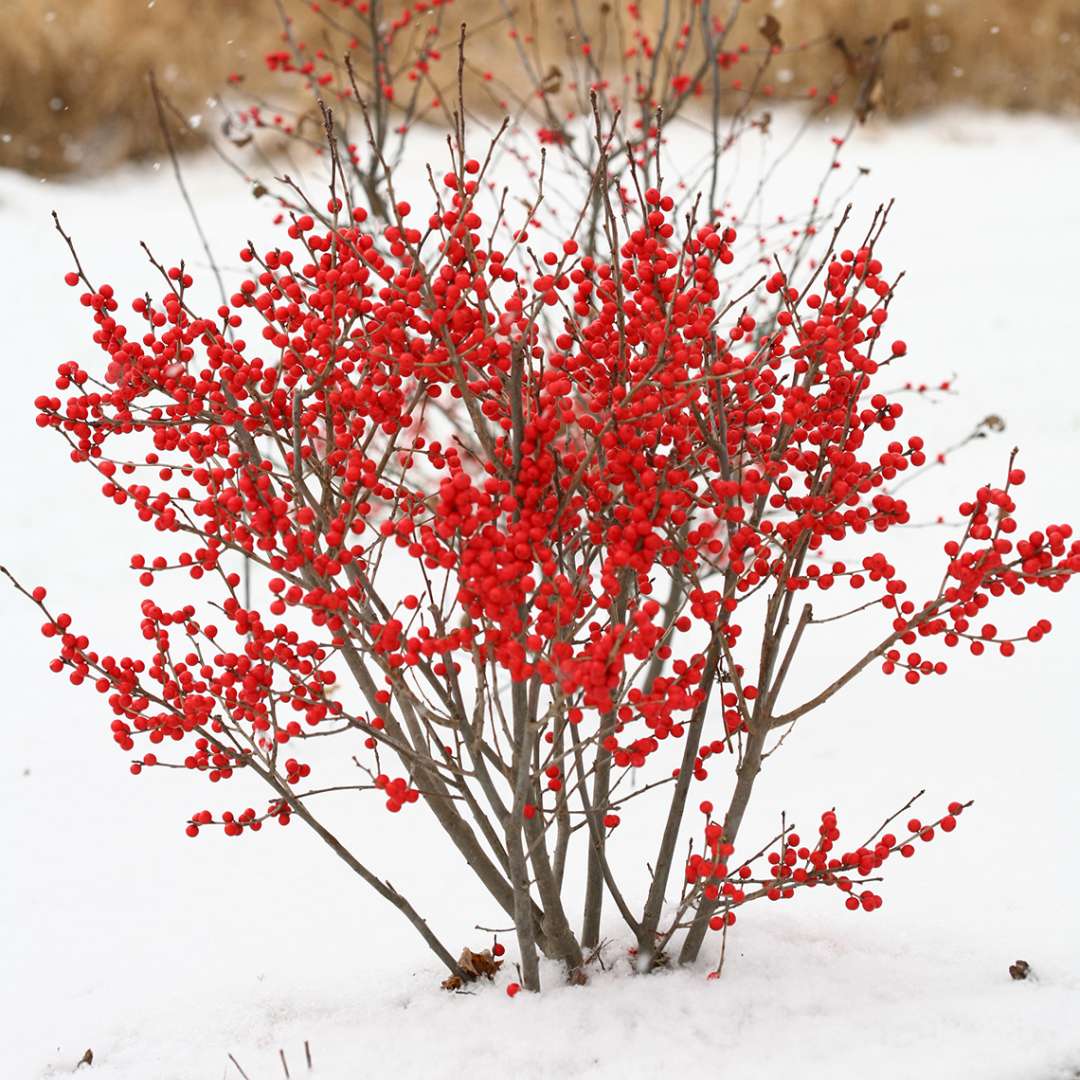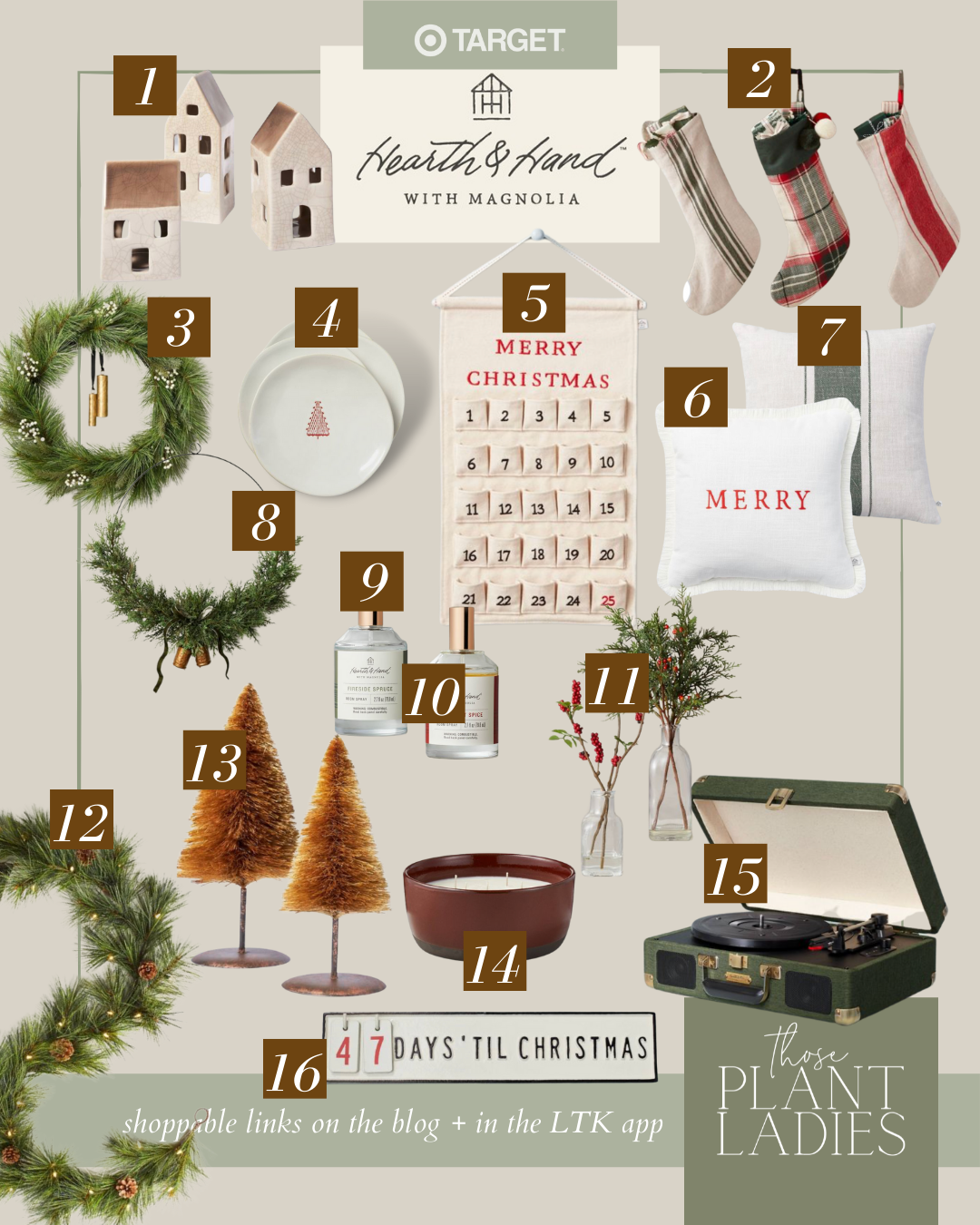Well-designed landscapes are like art galleries. They’re full of gorgeous plants, each particularly arranged like the works in a gallery to tell a story. They come together as a collection to inspire the viewer and create a beautiful space. But, in an art gallery, most of the works will come and go – their style will be replaced with something more “of the moment” or perhaps they just don’t make sense in the story as time moves on.

The same is true of your landscape – they aren’t meant to stay exactly the same forever and ever, without ever adding new plants or removing the plants that are past their time. Maybe it’s even more true of a landscape than an art gallery because the landscape gallery is a living, growing organisms! There are some plants that will stay around for the long haul – that large, mature shade tree in the front yard or the stunning feature Japanese maple by the porch – the Mona Lisas of your yard! But for the majority of our landscape plants, especially those closest to the house where space is limited and aesthetic expectations are high, they’re only expected to last in our landscapes for 10-12 years.

You’ll start to notice that parts of your landscape may be overgrown and past their prime when:
1. Your shrubs are reaching too high and covering your windows.
2. You can no longer count how many shrubs you have because they have grown together so densely. *Note: It’s not a bad thing for your shrubs to grow together and be touching. If they are an entangled mess, it’s probably gone too far.
3. The leaves of your shrubs are only on the outside and the insides of your shrubs are just a bunch of bare sticks.
4. Your perennials are being lost to overgrown shrubs or one perennial species has taken over and choked the other perennials out of the beds.
5. You aren’t sure if the plant is supposed to be a shrub or a tree.

Let’s chat more about an overgrown landscape – why it happens, how to prevent it from occurring, how to manage the issue, and when it is time to pull the plug and replace those plants….
First, it’s a fact that plants are living. And they grow. And, unlike people, no matter how long they live, they are going to keep growing. As they get really, really old, they slow that growth way down but, unlike our grandma, who is shrinking, your ornamental plants are still growing. Those 500+ year old trees out there – still growing. This is really the “why” behind overgrown landscapes. This is why a majority of your plants will age out and need serious overhaul within 10-12 years.
So how do we prevent or at least delay the inevitable overgrown landscape? Proper plant selection is the first and most important step. Plants are sold with an estimated mature height and width measurements given for each specific variety. You can choose crape myrtles that are three feet tall or crape myrtles that are 30 feet tall. The same is true for many other plant varieties: you can choose junipers that are 18 inches tall that grow like a mat on the ground or junipers that are 20 feet tall and grow like a cone-shaped tree. Any gardener or landscaper worth their salt will choose plants that are supposed to fit your landscape when they reach their mature size. No one should be selecting the 30 foot tall crape myrtle tree when there is only space for a 3 foot tall crape myrtle shrub. The first key to avoiding overgrown landscapes is to choose a variety that will grow to be the size you need and nothing more.
“the majority of our landscape plants…are only expected to last in our landscapes for 10-12 years.”
But… since plants will continue to grow as long as they live, we have to keep that in mind. The estimated mature sizes that are given on the plant labels and information sheets are just that — estimations of what size that plant should be when the growth slows down to minimal amounts per year. But it will still be growing and it will grow beyond that size without proper maintenance. How do we manage our plants to get the most time out of them?

Proper pruning is key, especially for trees and shrubs. Consistently shearing only the tips, which is very common when cutting shrubs into shapes like balls or squares, often leads to the dieback of interior foliage leaving a twiggy mess inside. Each year, the shapes have to get a little larger and a little larger to cover the leafless insides until the size just becomes too large and unmanageable. Shearing shrubs into shapes each year is one of the fastest ways to reach an unmanageable landscape. Instead, try making selective thinning and reduction cuts so you can keep the height of your plants in check without causing dieback and leaving the insides of the shrubs to die out.


If you think your plants are just too big here are some ideas for rebooting your landscape:
1 Rip out the overgrown material and start again. This is the only long-term solution. Not ready to do that? Here are a few ways you can manage what you have.
2 If you’re losing perennials or have too many of one perennial taking over, be sure to thin out your perennials and split them. This will keep them flourishing longer. Some perennials may just die out over several years. If they thrived for many years but slowly stopped coming back, it’s probably just the way of their life cycle. Don’t be afraid to replant them!
3 Start the process of reducing the plant size through selective thinning and gradual rejuvenation. Your plants may look kinda strange when you start this process, especially those that you have cut into perfect shapes. But if you can open up the foliage and allow light into the center of the plant, you might see renewed growth on the inside. If you gradually remove some of the outermost growth each season, you can reduce the overall size over time.

4 Depending on the plant, you can try an extensive rejuvenation prune. This involves cutting the plant down to 12-24 inches tall at the end of the dormant season and allowing the plant to regrow from these stumps. Some plants that take well to this are hydrangeas, fringeflowers, lilacs, and some hollies. It’s best not to try this with slow growing plants like camellias or roses. This is a hail mary, when you’ve got nothing to lose because it would otherwise have to be removed.

Don’t forget, the time will come for most plants to be removed, so don’t feel as though you’ve messed something up along the way if you find you need to take this step. Every good art gallery needs refreshing every now and then! You should be able to keep the main attractions in your landscape for longer periods of time but the majority of your plants will probably need replacing in time. Drop your questions in the comment area if you need more info!

Did you know that we love doing landscape installations? Our process starts with an exterior design from Fawn Renae Designs. (Yep, she’s co-owner of TPL and she owns Fawn Renae Designs too!) Here are a few of her transformations but you can pop over to her site to see even more; if you’re ready to get started, fill out the inquiry form here.










